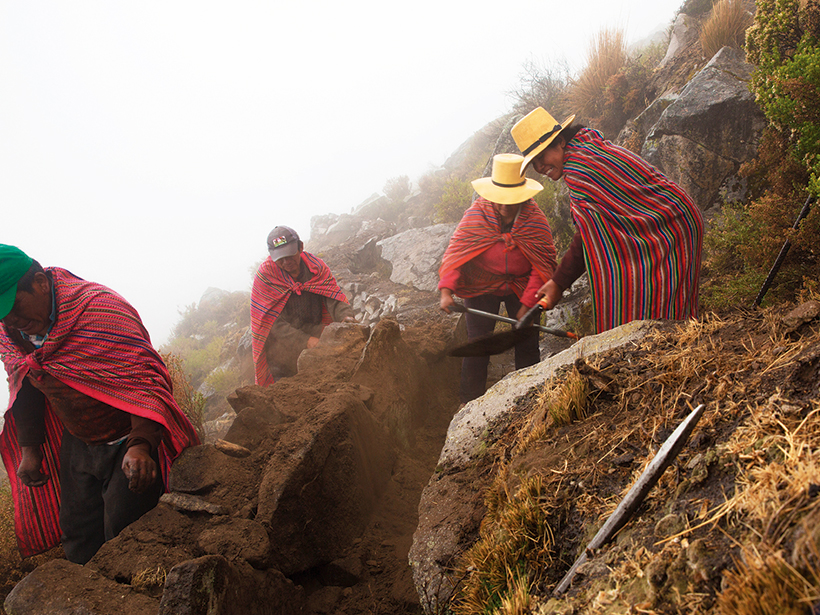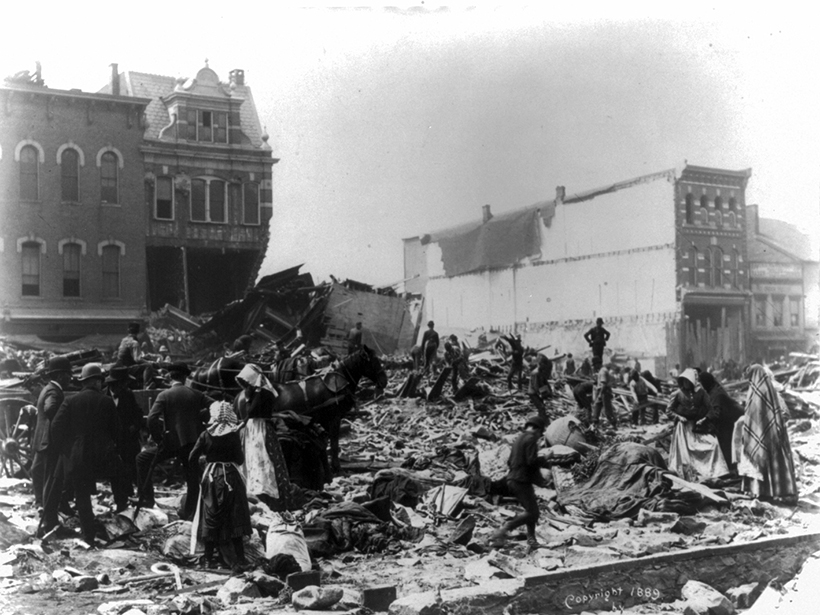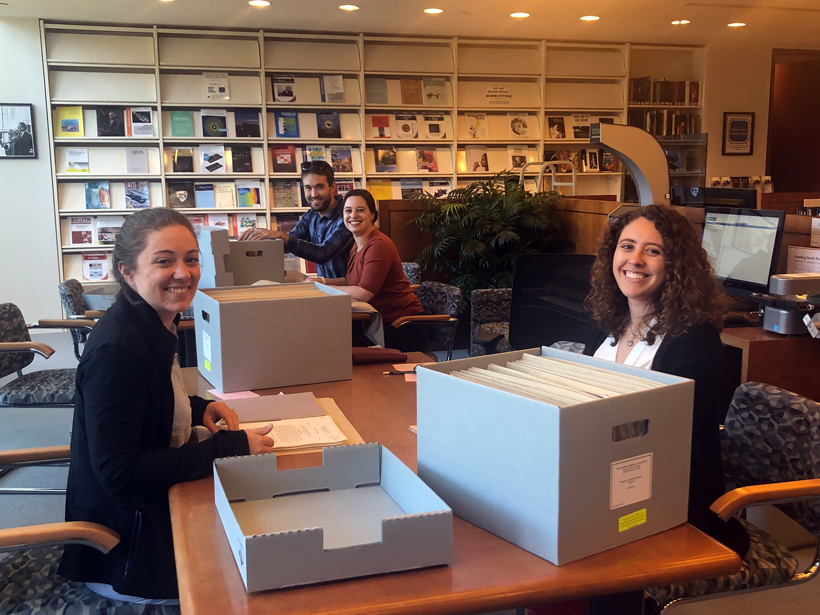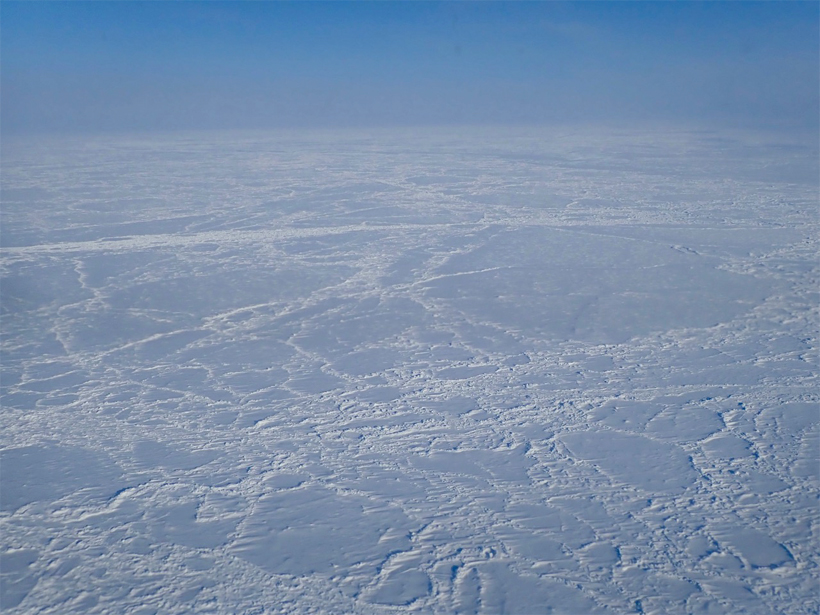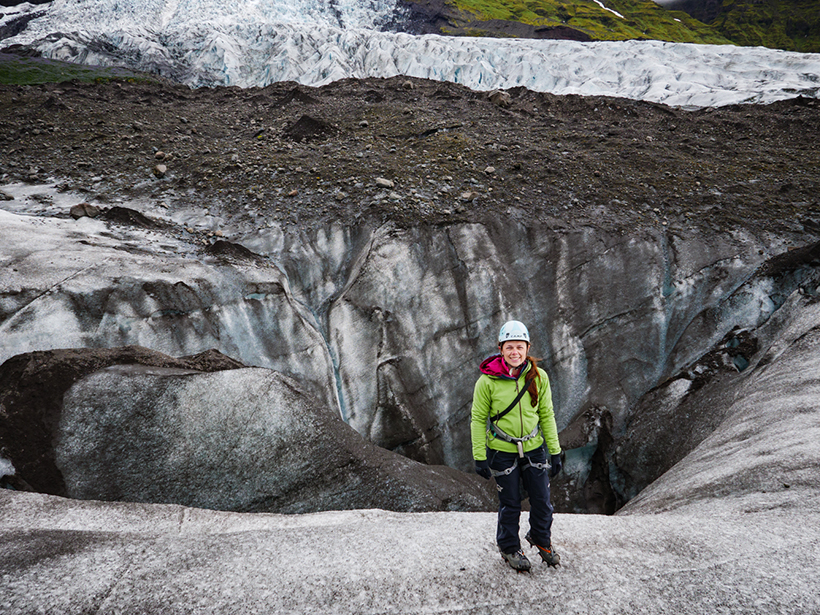Records of aurorae in Mesopotamia from 2,600 years ago are helping astronomers understand and predict solar activity today.
history
Pre-Inca Canal System Uses Hillsides as Sponges to Store Water
To prepare for a drier future on Peru’s western coast, researchers are turning to techniques of the past.
Finding Faults in Our Past: Uncovering the Messina Earthquake
The source of the deadly 1908 Italian earthquake may finally be identified, thanks to a fresh look at the geomorphology of the Strait of Messina.
Podcast: The Johnstown Flood—A Most Avoidable Tragedy
How a dam failure near a small town in Pennsylvania continues to cast a shadow over the region more than 100 years later.
A Dirty Truth: Humans Began Accelerating Soil Erosion 4,000 Years Ago
Recent research combining analysis of carbon dating, sediment accumulation rates, and pollen records from 632 lake beds worldwide finds deforestation tied to increased soil erosion.
Digging Into 100 Years of AGU Treasures
AGU staff members spent an afternoon exploring the organization’s archives and unearthing gems from the past.
Three Times Tectonics Changed the Climate
Fifty years after the birth of modern plate tectonics theory, a group of researchers highlights three key examples of how our planet’s shape-shifting outer layer has altered our climate.
Podcast: A Nuclear Legacy Buried in Ice
The radioactive remains of nuclear testing during the Cold War and from nuclear disasters like Chernobyl are still with us and can be found in some of the remotest glaciers on Earth.
Podcast: Plate Tectonics, the Theory That Changed Earth Science
Third Pod from the Sun talks with pioneering geophysicist Xavier Le Pichon about what it was like to be a young scientist challenging deeply held theories.
Europe’s Mightiest Glaciers Are Melting
Here’s what a century of ice melt looks like on the Alps’ highest peak.


